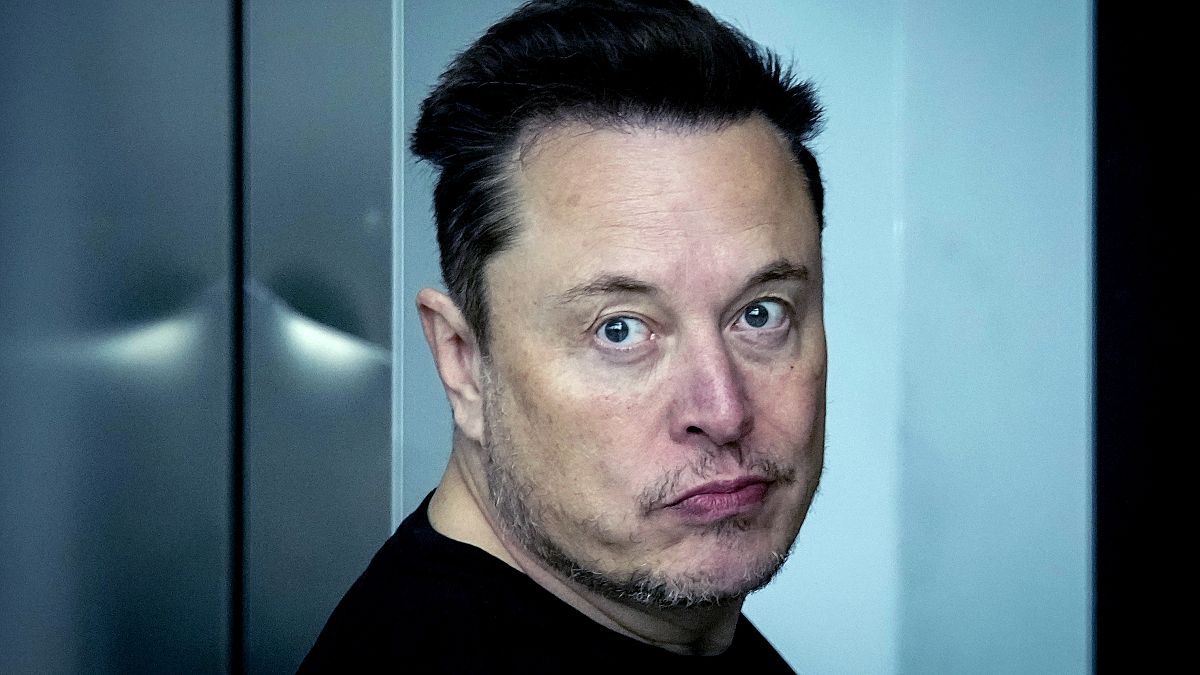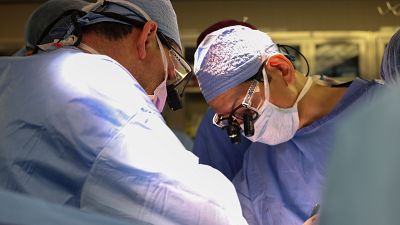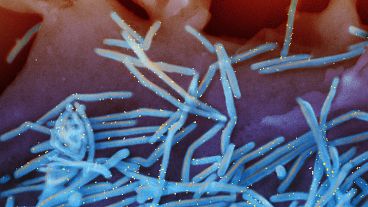“Resolution will be low at first, like early Nintendo graphics, but ultimately may exceed normal human vision,” Musk said.
Elon Musk has claimed that his company Neuralink can restore sight in monkeys.
On this X platform (formerly Twitter), the Tesla and SpaceX chief said his other company Neuralink had enabled blind monkeys to see with its brain chip technology. “The Blindsight implant is already working in monkeys,” he said on Thursday.
The billionaire also said this Neuralink product would be called Blindsight, adding that the resolution would be low to begin with, like “early Nintendo graphics”, but that it could exceed normal human vision in the future.
Musk added that “no monkey has died or been seriously injured by a Neuralink device!”
The new product follows Neuralink’s Telepathy, which allows users to control computers with their minds. In January, Musk announced a patient was recovering well after a chip was implanted into their brain and later said the patient could move a computer mouse cursor with their mind.
On Thursday, Neuralink posted a video of the patient, who is quadriplegic, playing chess using mind control alone.
The US medicines regulator, the Food and Drug Administration (FDA), approved the company’s first trial in May last year.
The procedure entails the insertion of 64 flexible threads onto a part of the brain that controls movement intention.
The threads are so fine that a robot has to implant them. The threads then allow the implant to record and transmit brain signals to an app, which then decodes how a person decides to move.
The implant is powered by a battery that can be charged wirelessly.



